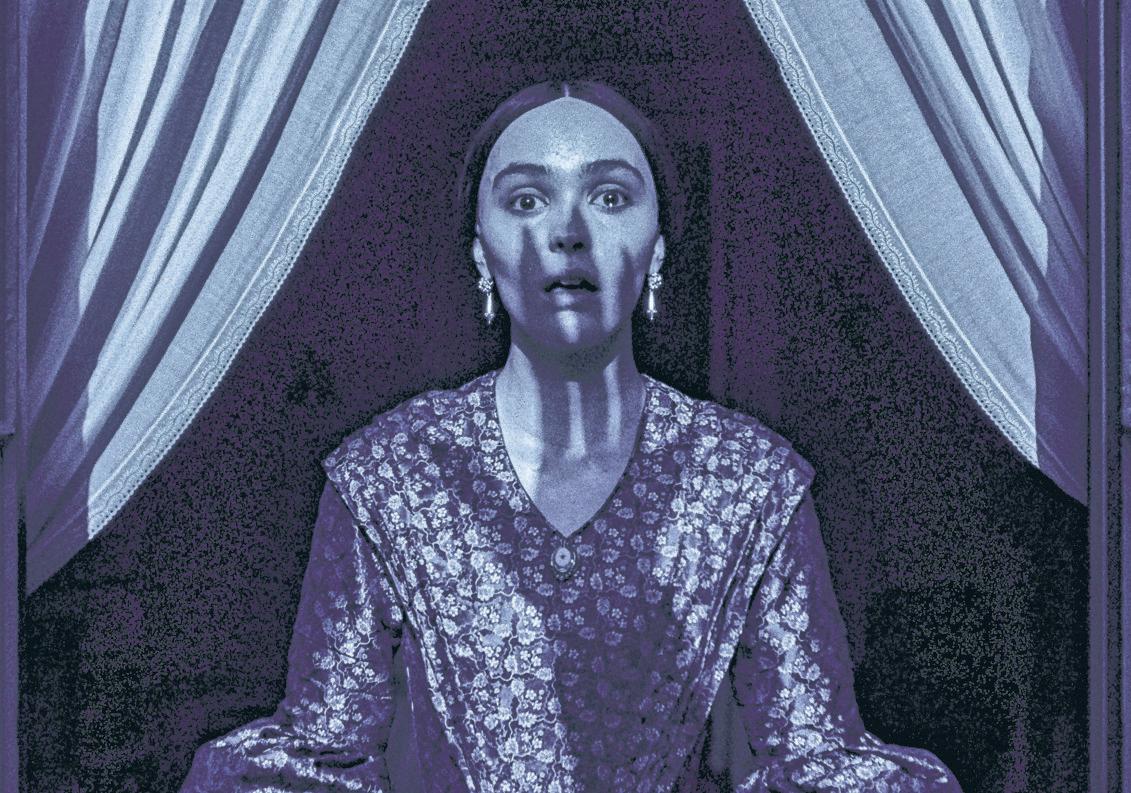'Nosferatu' Upends the Modern Vampire

Instead, Count Orlok, the titular vampire played by Bill Skarsgård under heavy prosthetics, appears cloaked in shadow living as an outcast in an isolated Transylvanian castle. When the back of
Diese Geschichte stammt aus der January 09, 2025-Ausgabe von The Wall Street Journal.
Starten Sie Ihre 7-tägige kostenlose Testversion von Magzter GOLD, um auf Tausende kuratierte Premium-Storys sowie über 9.500 Zeitschriften und Zeitungen zuzugreifen.
Bereits Abonnent ? Anmelden

Diese Geschichte stammt aus der January 09, 2025-Ausgabe von The Wall Street Journal.
Starten Sie Ihre 7-tägige kostenlose Testversion von Magzter GOLD, um auf Tausende kuratierte Premium-Storys sowie über 9.500 Zeitschriften und Zeitungen zuzugreifen.
Bereits Abonnent? Anmelden
